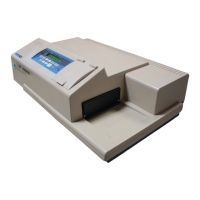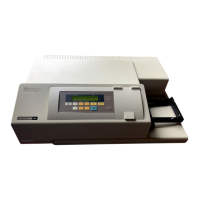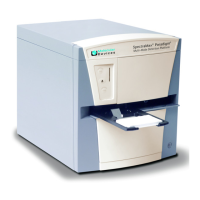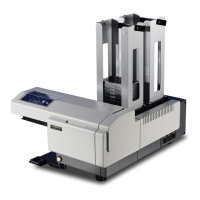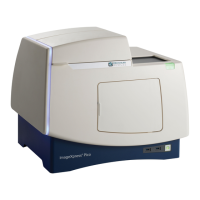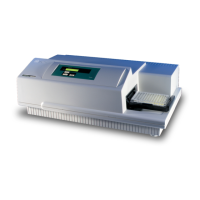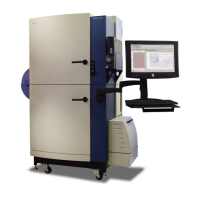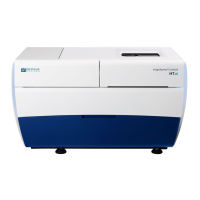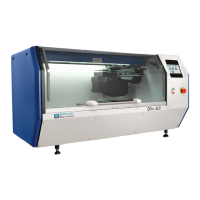Do you have a question about the Molecular Devices SpectraMax iD3 and is the answer not in the manual?
Explains safety symbols and user-attention statements like warnings and cautions.
Details on preventing electrical shock hazards and proper equipment inspection.
Precautions for handling toxic, flammable, or biohazardous materials during operation.
Guidelines to prevent injury from the instrument's moving components.
Explains how to connect and operate the instrument using a computer and SoftMax Pro Software.
Provides step-by-step instructions for safely removing the instrument from its packaging.
Details the critical process of removing transport locks before powering on the instrument.
Guides the user on connecting power and Ethernet cables to the instrument.
Instructions for powering the instrument on and off using the front panel button.
Steps to configure the instrument's network connection and obtain an IP address.
Explains how to install the QuickSync tool for data export and synchronization.
Covers the assembly of injectors, bottle holder, and tubing for the SpectraMax Injector System.
Guidance on how to define and view protocol-specific settings for plate reads.
Detailed steps for configuring plate format, read mode, read type, and other parameters.
Accessing and managing the list of completed read results.
Instructions for exporting raw protocol data via USB or network for analysis.
How to use the QuickSync tool to access and process exported instrument data.
Steps for replacing instrument fuses if the device fails to power on.
Essential steps to prepare the instrument for relocation or shipment, including locking mechanisms.
Procedures for installing transport locks to secure the instrument during movement or shipping.
Alternative method for installing transport locks when the touchscreen is inaccessible.
Manual steps to secure the microplate drawer and transport slide if the software lock is unavailable.
Detailed instructions for repacking the instrument in its original packaging for storage or shipment.
General advice and procedures for diagnosing and resolving instrument issues.
| Type | Microplate reader |
|---|---|
| Wavelength Range | 200 - 1000 nm |
| Fluorescence Excitation Wavelength Range | 250 - 850 nm |
| Connectivity | USB, Ethernet |
| Light Source | Xenon flash lamp |
| Detector Type | Photomultiplier tube (PMT) |
| Power Requirements | 100-240 VAC, 50/60 Hz |
| Detection Method | Absorbance, Fluorescence, Luminescence |
| Read Modes | Endpoint, Kinetic |
| Number of Channels | 2 |
| Plate Formats | 6- to 384-well plates |
| Software | SoftMax Pro |
| Shaking | Yes, orbital |
| Dimensions | 40 cm x 40 cm x 20 cm |
